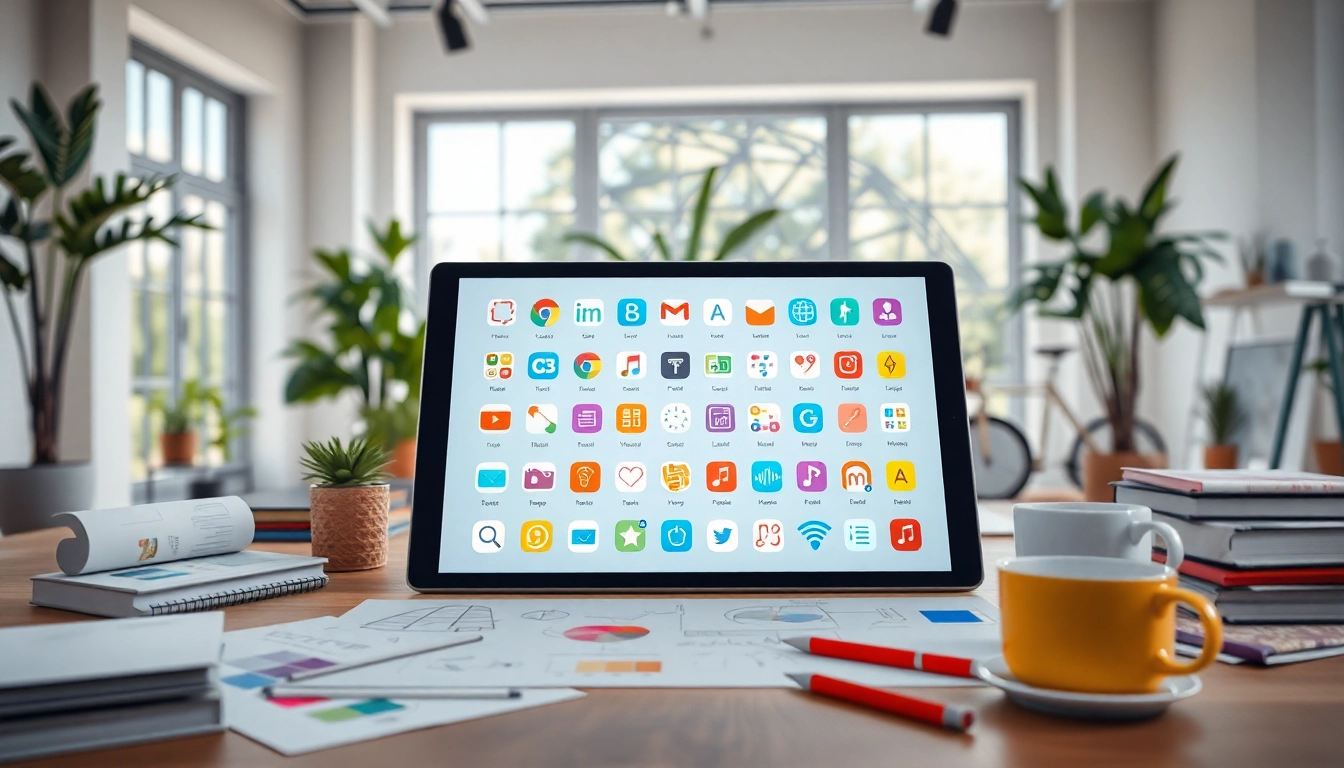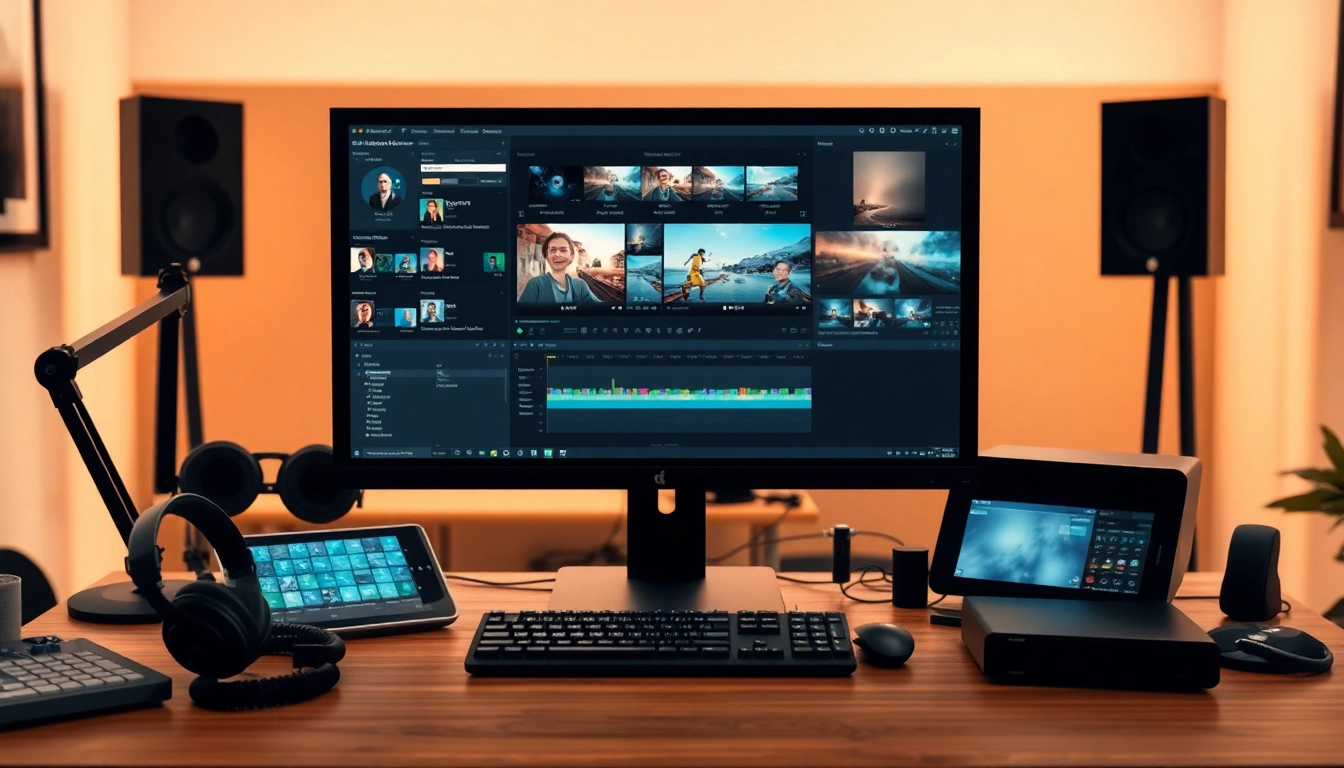Understanding Icons
Icons, often regarded as universal symbols, serve as essential visual elements in design. Their ability to convey complex concepts simply and effectively makes them invaluable in various fields, including web design, branding, and user interface (UI) development. Not limited to mere decoration, icons play a pivotal role in enhancing user experience by providing visual cues and facilitating communication.
The Evolution of Icons in Design
The journey of icons began with analog forms, evolving through various stages to adapt to changing cultural and technological landscapes. Early instances of icons can be traced back to cave paintings and hieroglyphics, where images represented thoughts and ideas. As technology advanced, so did the complexity of icons, leading to their incorporation in web and graphic design.
The 1980s and 1990s marked a significant breakthrough in iconography with the emergence of computer interfaces. Pioneering software designers created icons to simplify user interactions with technology, leading to the recognizable symbols we know today. This evolution reflects a shift from text-centric interfaces to visually-driven experiences, providing users with intuitive navigation pathways.
Significance of Icons in Communication
Icons serve as vital tools in communication, transcending language barriers and unifying diverse audiences. Their ability to quickly impart meaning makes them crucial for effective design. For instance, universally recognized symbols such as the “heart” or “trash can” convey emotions and actions without the need for words, enhancing clarity.
Research indicates that visual elements, including icons, significantly affect user engagement. A study conducted by Nielsen Norman Group found that people comprehend and retain visual information faster than textual information, emphasizing the importance of integrating icons thoughtfully within design.
Types of Icons: Flat, 3D, and More
Icons come in various styles, each serving unique design purposes:
- Flat Icons: Characterized by a simple and minimalist aesthetic, flat icons utilize bold colors without gradients or shadows. This style is especially popular in modern design due to its clean appearance and ease of recognition.
- 3D Icons: Incorporating depth and realism, 3D icons create a tactile experience. They often feature gradients, shadows, and highlights, making them visually striking. However, they can be overused, leading to cluttered interfaces.
- Outlined Icons: These icons utilize outlines without filled colors, offering a sleek and sophisticated look. They adapt well to various backgrounds and are commonly used in applications when a lightweight aesthetic is desired.
- Glyph Icons: Often used in web applications, glyph icons are icon fonts that allow scalability without loss of quality. They are efficient in terms of loading speed and can be easily customized for size and color.
Creating Compelling Icons
Choosing the Right Style for Your Project
The choice of icon style is paramount in aligning with a project’s branding and objectives. Designers should consider their audience, the nature of the content, and the overall aesthetic of the interface. For example, a playful brand may lean towards colorful and whimsical icons, while a business-focused application might opt for more subdued, professional designs.
Prototyping different styles can aid in determining what resonates best with the target audience. User testing can provide valuable feedback on style effectiveness and clarity in communication.
Best Practices for Icon Design
Creating effective icons requires adherence to several best practices:
- Maintain Consistency: Icons should share a uniform style, tone, and size throughout a project. This promotes cohesion and strengthens brand identity.
- Prioritize Clarity: Ensure that icons are easily recognizable and convey their intended meaning without ambiguity. Overly complex designs can lead to confusion.
- Use White Space Wisely: White space enhances legibility and visual appeal. Proper spacing around icons prevents overcrowding and improves usability.
- Ensure Scalability: Icons should be designed in vector formats, allowing them to scale seamlessly across different screen sizes and resolutions.
Tools and Software for Icon Creation
Numerous tools are available for designers seeking to create high-quality icons:
- Adobe Illustrator: A powerful vector graphics editor, Illustrator offers extensive tools for designing icons with precision.
- Sketch: Specifically designed for digital design, Sketch provides a user-friendly interface for icon creation and prototyping.
- Figma: A cloud-based interface design tool that allows real-time collaboration, Figma is ideal for team-based icon design projects.
- Affinity Designer: A cost-effective alternative to Adobe products, Affinity Designer offers robust vector design capabilities and user-friendly features.
Using Icons Effectively
Incorporating Icons in UI/UX Design
In user interface and user experience (UI/UX) design, icons are integral to guiding users through a digital landscape. Their judicious use facilitates navigation and enhances usability by making information more accessible. Common UI elements like buttons, menus, and notifications often utilize icons for clarity and efficiency.
When incorporating icons, designers should balance aesthetics and functionality. An overreliance on decorative icons can detract from usability, while effectively used icons can reinforce brand messaging and improve navigation.
Icons in Branding and Marketing
Icons extend beyond mere functionality; they serve as powerful branding tools. Companies often utilize unique icons within their logos, creating visual identities that resonate with consumers. For example, the classic Apple logo, a stylized apple with a bite taken out, is an icon that is universally recognized.
In marketing materials, icons simplify complex information, making content more digestible. Infographics, promotional banners, and social media posts benefit significantly from the integration of well-crafted icons, helping to capture attention and convey messages quickly.
Accessibility Considerations for Icons
Designers must prioritize accessibility when creating icons, ensuring that they are inclusive for all users, including those with visual impairments. Key considerations include:
- Color Contrast: Ensure sufficient contrast between icons and their backgrounds to facilitate visibility for users with color blindness or low vision.
- Text Labels: Accompany icons with descriptive text labels to provide context, allowing screen readers to convey meaning effectively.
- Touch Targets: Ensure that icons used in touch interfaces meet minimum size requirements to facilitate interaction for users with motor impairments.
Icon Trends and Innovations
Emerging Styles and Techniques
The landscape of icon design is continually evolving, reflecting broader design trends and technological advancements. One notable trend is the adoption of minimalism, where designers favor essential elements over embellishments. This aligns well with current preferences for clean, straightforward design.
Additionally, variable icons—those that change shape, color, or style based on user interaction—are gaining traction. Such icons enhance user engagement by providing visual feedback, thereby enriching the user experience.
Responsive Icons: Adapting to Different Devices
The mobile-first approach necessitates that icons respond adaptively across various devices and screen sizes. Responsive design principles dictate that icons retain functionality and clarity, whether viewed on a smartphone, tablet, or desktop.
Employing scalable vector graphics (SVG) is one effective way to ensure that icons adapt seamlessly without compromising quality. SVGs allow icons to be resized without pixelation, maintaining crispness and clarity regardless of the display type.
Future of Icon Design in Digital Spaces
As technology progresses, the future of icon design promises exciting innovations. The integration of artificial intelligence (AI) may revolutionize icon creation, allowing for personalized icon suggestions based on user behavior and preferences. Additionally, augmented reality (AR) stands to redefine how icons function in digital spaces, integrating them into real-world environments and enhancing interactivity.
Resources and Learning
Top Icon Libraries and Platforms
Designers seeking to enhance their projects with icons can access a wealth of resources through various icon libraries and platforms:
- Flaticon: Offers over 18 million icons in various formats, allowing designers to find the perfect visual for their needs.
- Icons8: Provides a vast selection of high-quality icons, including animated options, catering to diverse design preferences.
- The Noun Project: A repository of millions of icons created by a global community of designers, ideal for those seeking unique and varied styles.
- Material Icons: A comprehensive library of Google’s Material Design icons, promoting uniformity in user experience across platforms.
Guides and Tutorials for Aspiring Designers
For those looking to refine their icon design skills, numerous online resources are available:
- Skillshare: Offers various courses on graphic design, focusing on icon creation and branding.
- Coursera: Provides structured courses from universities on UI/UX design, including iconography.
- Envato Tuts+: A rich collection of tutorials and articles on design principles and practical icon creation techniques.
Community and Forums for Icon Enthusiasts
Engaging with fellow designers can provide valuable insights and feedback. Online forums and communities such as:
- Dribbble: A platform where designers share their work, get feedback, and collaborate on projects.
- Behance: A creative community showcasing design portfolios, including icon design, enabling networking and inspiration.
- Designer Hangout: A Slack community focused on interaction design, where designers can seek advice, share resources, and discuss trends.



